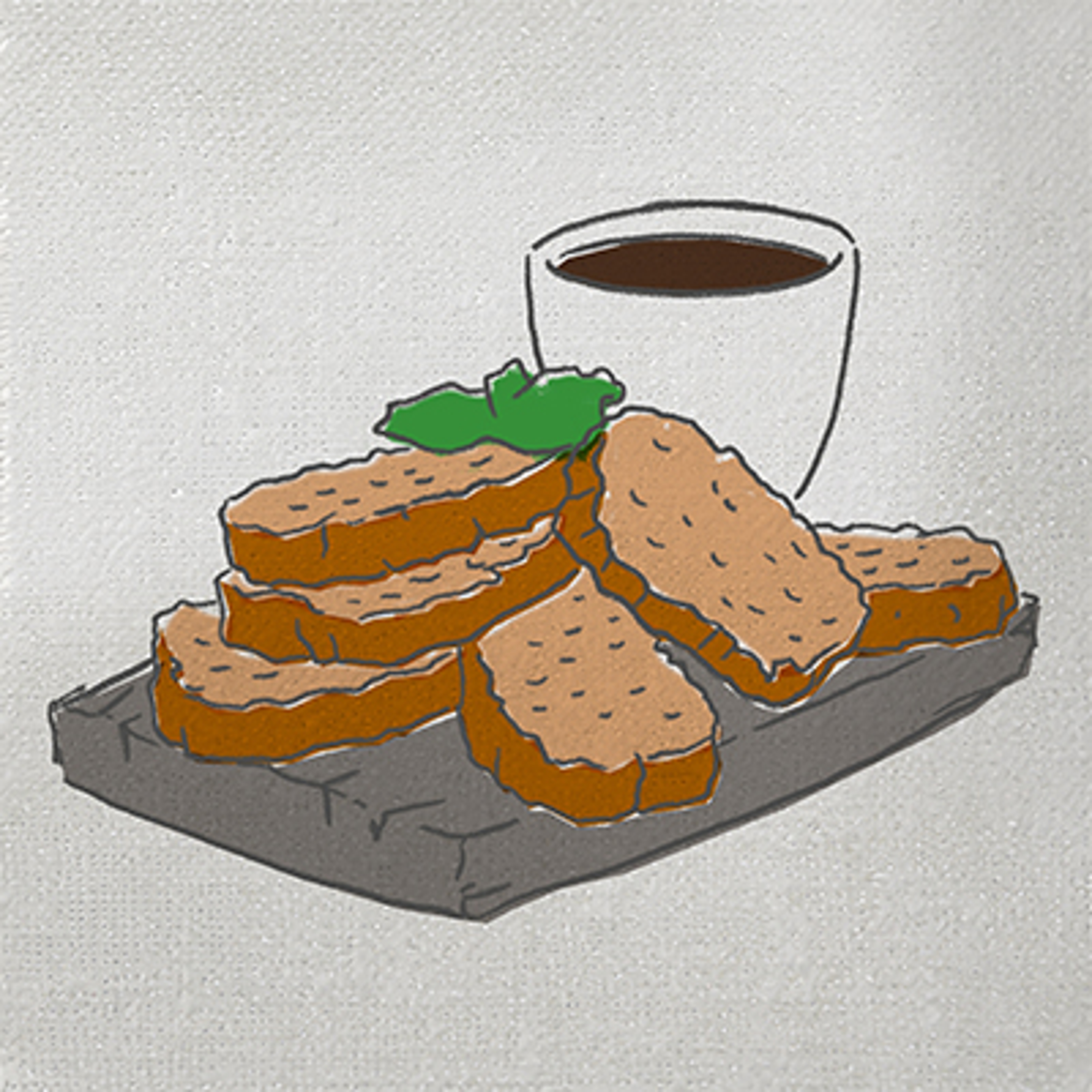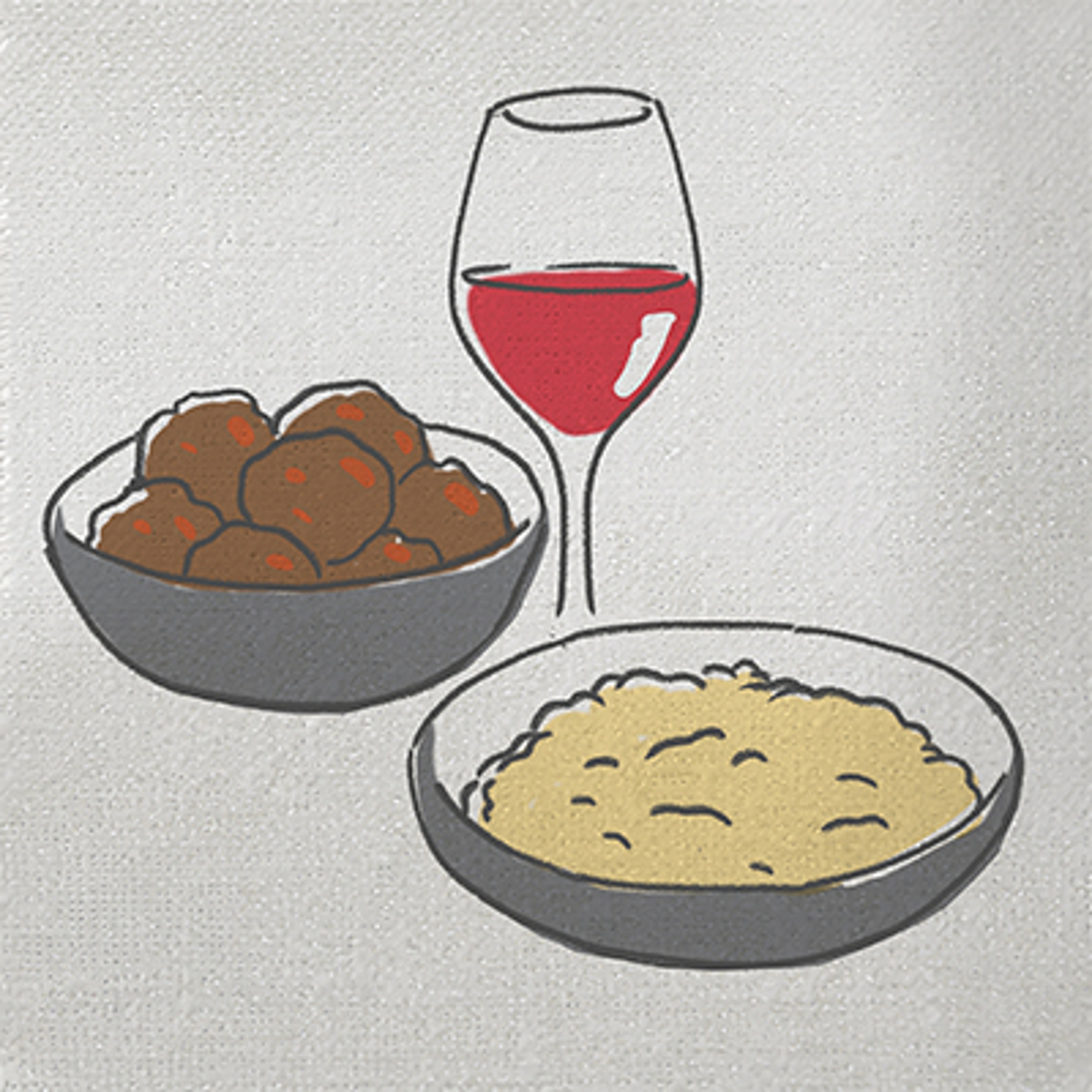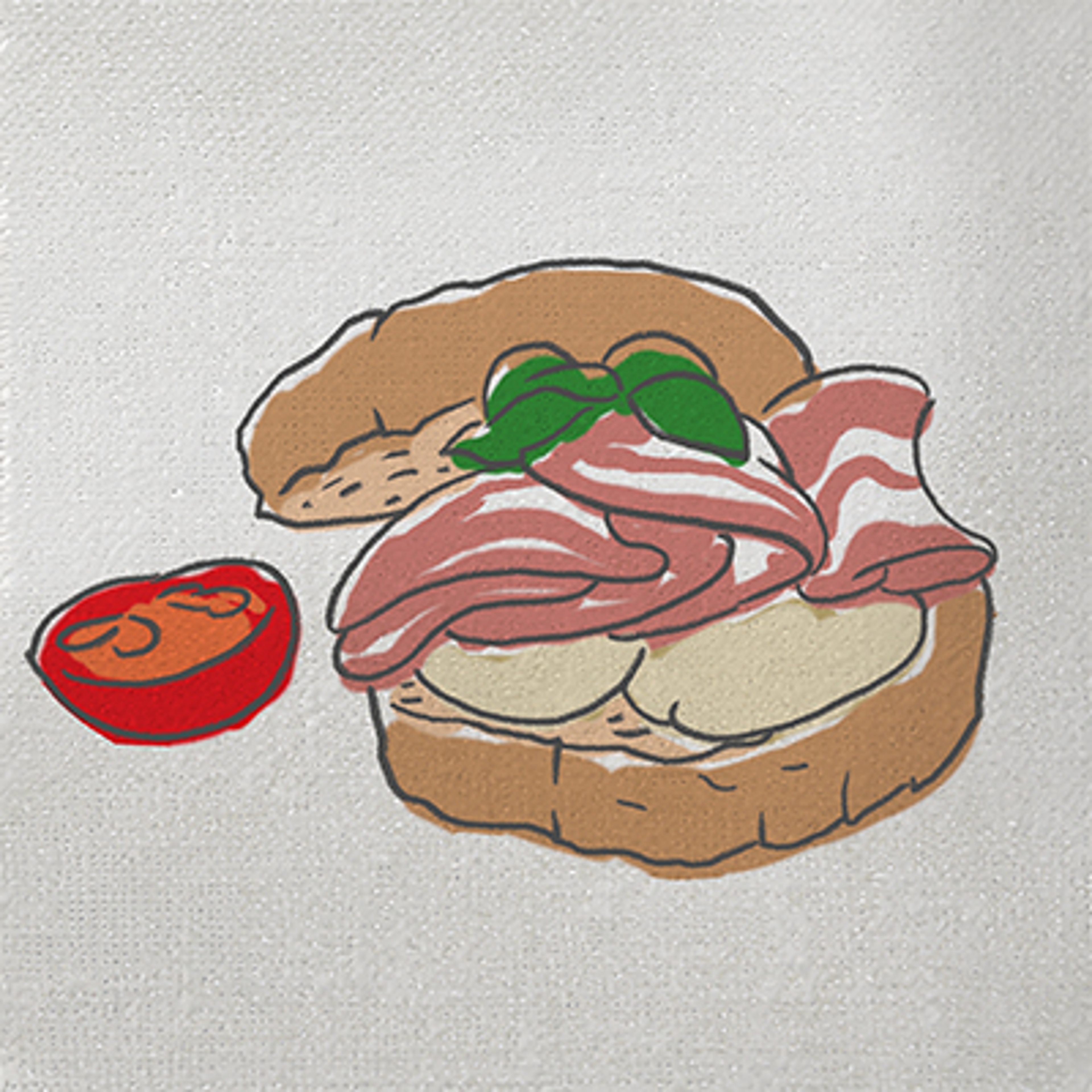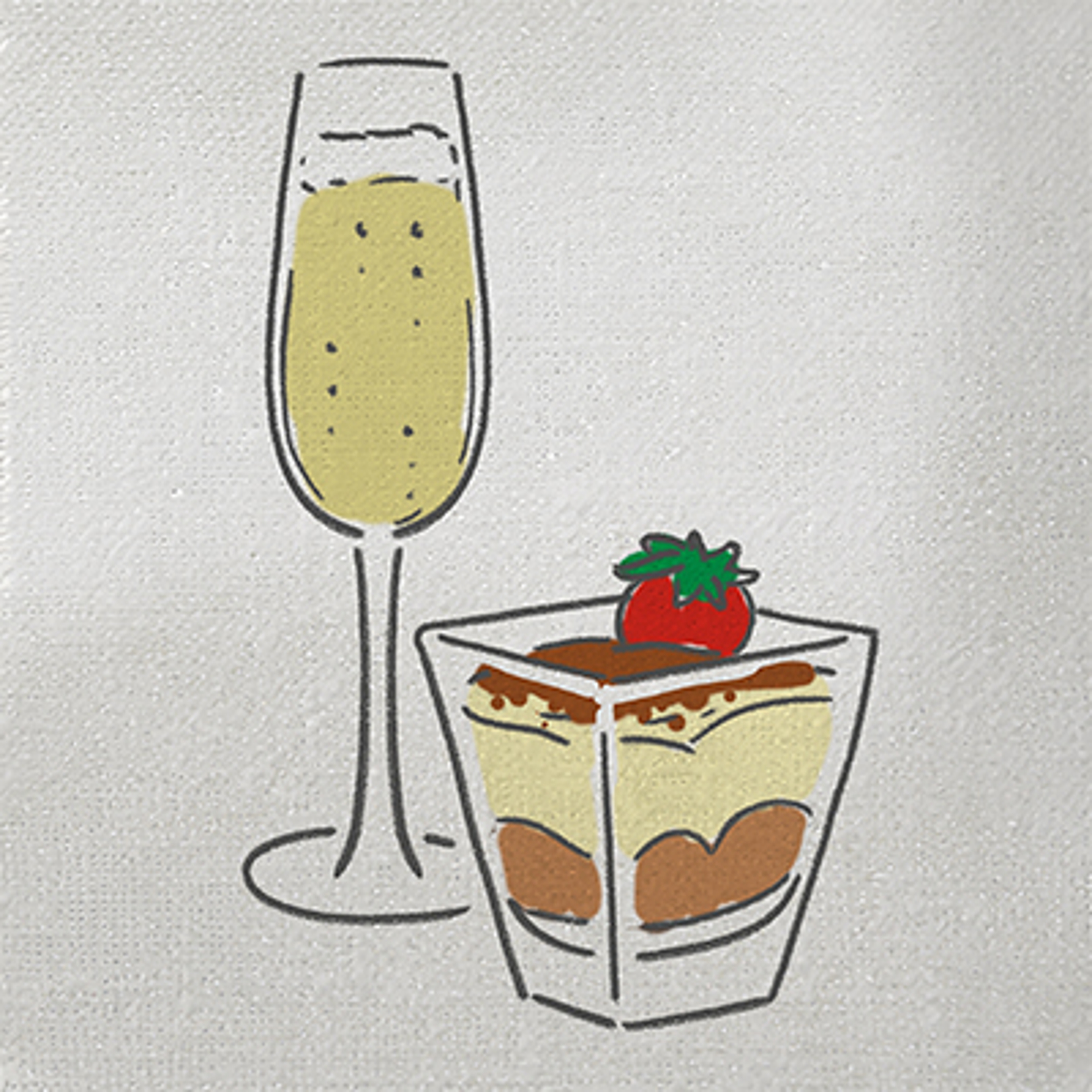Abbondanza! How to Eat Like You’re in Italy
The amount of food eaten during the course of a day in Italy is like a roller coaster ride.
Sep 12, 2024
At the center of Italy's love of cooking and eating are joy, warmth, and relishing the company of family and friends during meals and special occasions. Italians even have a proverb for the blissful feeling of time suspended while eating and sharing with loved ones: “A tavola non si'invecchia mai" — "At the table, you never grow old."
Italians begin their day with a light colazione (breakfast), followed by pranzo (lunch) and cena (supper or dinner). These meals are built around satisfying dishes that emphasize simplicity, seasonality, locality, and — my favorite — plentiful portions for sharing, otherwise known as abbondanza! Culinary specialties vary widely among Italy's 21 regions, making Italian cuisine one of the world's most diverse.
To eat like an Italian means to take hold of the freshest ingredients you can find — preferably grown or made as close to home as possible — and invite plenty of loved ones to enjoy them with you.
Following an Italian meal structure is easy, but slowing down to relish one another's company is genuinely la moda Italiana — the Italian way.
Colazione (Breakfast)

Americans love their morning meal, a sit-down feast of pancakes, bagels 'n' lox, or hearty egg sandwiches. Italians, on the other hand, keep breakfast short and sweet. At home, Italians start their day with fette biscottate — crunchy, toasted, pre-packaged bread slices topped with jam or hazelnut spread — or a small yogurt with fresh fruit.
If eaten outside the home, breakfast is a plain or cream- or jam-filled cornetto (flaky croissant) or warm, flaky ricotta-filled sfogliatelle (lobster tail) often eaten standing up at the bar. (Despite its name, this is just a local café.)
And what would be a morning meal in Italy without coffee? All these pastries are enjoyed with caffé espresso or cappuccino (milk in coffee is for mornings only, by the way). Thinking of dipping your pastry in your cappuccino? Don't! It's considered rude to dip in public.
Pranzo (Lunch)

The midday pranzo is the most important meal of the day in Italy.
While a sandwich (panino) or pizza a taglio — pizza sold by weight, and a popular street food — suffices for Italians in urban towns, a traditional pranzo brings families and friends together to enjoy their lunch at home. In smaller cities, businesses still shut down from 1 to 4 p.m. to allow for this languid meal — a total 180 from the 30-minute lunch breaks we spend shoveling a salad at our desks.
Pranzo unfolds slowly and sequentially, over three courses, often with wine and always with bread. The first (primo) course comprises dried or homemade pasta, risotto, or a light minestra (soup). It is then followed by a protein-rich secondo course of fish or meat, such as pork sausages, meatballs (polpette), or rolled beef (braciole) stewed in tomato sauce or wedges of vegetables, or meat and cheese frittata.
Meat and fish are served with seasonal vegetable side dishes (contorni) that are fried, grilled, stuffed, or preserved in vinegar (sott'aceto) or olive oil (sott'olio). A simple insalata (salad) of raw vegetables or lettuces, to clean the palate after a secondo, is also common. Fresh, seasonal fruit ends the meal, followed by another goccio di caffé (drop of espresso!) before returning to work.
Merenda (Snack)

A late afternoon snack calls Italians back to the local bar for an afternoon espresso, pastry, or gelato. But a merenda is mostly savored by Italian children around 4 p.m. to tide them over until their late evening cena (supper). Savory snacks include a small sandwich with cured meat and cheese, plain bread and olive oil, or fresh tomatoes with mozzarella or ricotta. And just like America's youth, Italian kids love biscotti e latte (milk and cookies) too!
Cena (Supper)
Since Italians teasure a large midday pranzo, the day's final meal is a light supper (cena), served between 8 and 10 p.m. Rather than tucking into a coursed-out meal, Italians set the table with a more straightforward spread of sliced meats, such as prosciutto and salami, salad, contorni, cheese, or a dish of pasta or soup (with bread, of course!).
A night out for supper with friends usually starts with meeting up for an aperitivo — derived from the Latin verb aperire, meaning "to open." This palate-opening libation is enjoyed with salty nibbles, such as olives, chips, bites of cheese, and mixed nuts. A favorite meet-up spot is a pizzeria, where Italians order thin-crust individual pizzas about the size of a round dinner plate.
Cenoni Multi-course feasts)

Festive occasions call for heightening the pleasures of time well spent at the table with richer dinners called cenoni. Italians draw out the traditional three-course pranzo over eight courses, allowing more conversation, connection, and relaxation time.
A multi-course Italian feast starts with an aperitivo and can include prosecco, a Bellini, or a more herbaceous Aperol spritz, and are enjoyed with antipasti (appetizers). Primo, secondo, and contorni are followed by formaggi e frutta (fruit and cheese), and then a dessert course, such as panna cotta, or tiramisú.
READ MORE: Fruit and Cheese Pairings
Caffé espresso is offered; then a digestivo, such as amaro or limoncello, is enjoyed to aid digestion. This course is also called ammazzacaffé — “the coffee killer" — since the liquor washes away the lingering taste of coffee in your mouth.
.svg?q=70&width=384&auto=webp)







